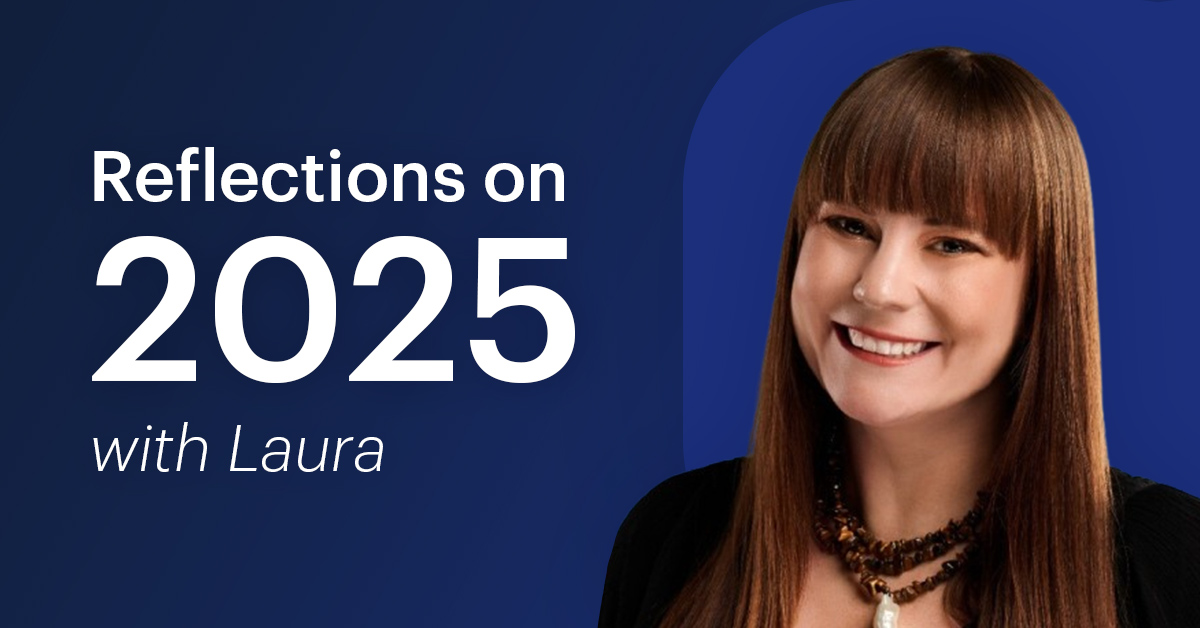One of the first projects I worked on as a marketing researcher was an ad testing study with an automotive company. As the study progressed, I found myself invested in a brand I previously had no stake or interest in. I quickly realized that the brand’s success became, even if in a very minor way, my own success. I’ve never been a participant in a study similar to the one I mention above, but I would imagine that under the right circumstances, a participant might experience a similar affective response, namely, the emergence or cultivation of brand loyalty. Opening a conversation with participants generates goodwill and emotional generosity. This is not a new idea, but it does leave us with the question, under what circumstances can these feelings and responses be optimized? Under what circumstances can we cultivate brand loyalty, a sense of ownership, and personal identification during the research process? A few weeks ago I was mulling over the idea that leveraging bias might be the key to creating a platform that functions both as a research tool and a venue for promotion. If promotion is the ultimate goal, it seems to me that we ought to regard our research platforms as a genesis for brand champions, as Word of Mouth hubs, as goodwill incubators. In achieving such a feat, I propose that a key aim of research should be to emphasize to participants that their voices are actually prompting change. Demonstrating that the brand is not only listening but also actively reacting. This is a prospect that would be facilitated by the very nature of communities and the tools that allow moderators the ability to influence the magnitude and content of messaging through the voices that they choose to reverberate. Also a few weeks ago I was supporting a short-term community that did a very good job of explicitly echoing participant contributions. This study was testing a series of potato chip concepts. The goal was to determine which concepts were most viable. Accomplishing more than this one goal however, I’m certain that the participants left the study with a greater sense of association with the product than they entered the study with. I fear the ad testing I had conducted years ago did not have an equally positive effect on participants. Though it certainly achieved the goal of evaluating the ad concepts themselves, I’d be shocked to learn that anyone was transformed into some sort of brand champion. I am skeptical because, while both the automotive and potato chip studies I mention featured the evaluation of intriguing concepts, the former corralled sample through a viewing gallery while the latter, with the help of a community platform, engaged with people and treated them as unique, creative, dynamic individuals. Those who participated in the automotive study moved through a single survey, viewing and evaluating each concept only once; they were not exposed to the opinions of their peers and at no point received any indication of how the concept would evolve to meet their critiques. Those who participated in the chip study engaged with the concepts multiple times over the course of several days and collaborated with their peers to shorten the list of viable concepts. Reiterating the implications of the participants’ feedback, moderators removed those options deemed unfit for human consumption and focused their attention on the more appetizing concepts. As the researcher for the automotive ad concept study, exposure over time allowed me to witness the influence of the research on the concepts – exposure that the participants were not granted. As the chip study progressed, participants progressed as I did. I would propose that this exposure is why I found myself connected to and identifying with the car brand and why I suspect that the participants did not. They clicked a few Likert scales and then were politely shown the virtual door. A consumer's relationship with a brand is sparked in an instant but the success of that relationship is defined by the interactions that follow. For a research platform to function both as a research tool and a generator of brand ambassadors, research methods must be planned to accommodate the development of these relationships over time. A research community gives us the time we need to encourage this progression towards identification between brands and respondents.
Using Research Communities For Brand Loyalty and WOM
As Recollective's global customer base expands and the range of geographic locations for project gets ever more varied, we're asked to support more and more languages. Earlier this year we announced full support for Russian, Japanese and Romanian in Recollective. Another operational improvement we've implemented recently is to provide an online portal for customers to pay their USD or CAD invoices by credit card.







.svg)